Search Result
Results for "
ganglionic
" in MedChemExpress (MCE) Product Catalog:
1
Isotope-Labeled Compounds
| Cat. No. |
Product Name |
Target |
Research Areas |
Chemical Structure |
-
- HY-B1304A
-
|
(+)-Lupinidine sulfate pentahydrate
|
nAChR
|
Neurological Disease
|
|
(+)-sparteine (sulfate pentahydrate) is a ganglionic blocking agent. (+)-Sparteine competitively blocks nicotinic ACh receptor in the neurons .
|
-
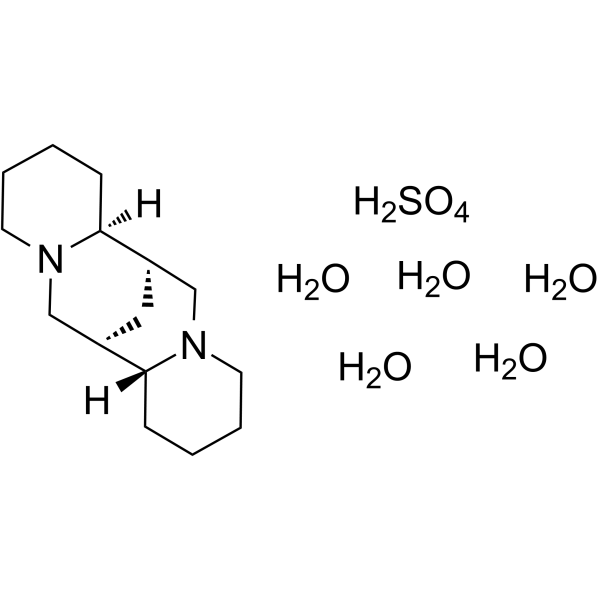
-
- HY-155017
-
|
|
Sodium Channel
|
Neurological Disease
Cancer
|
|
6-Iodoamiloride is a potent acid-sensing ion channel 1 (ASIC1) inhibitor with an IC50 of 88 nM. 6-Iodoamiloride inhibits ASIC3-mediated currents from rat dorsal root ganglion neurons with an IC50 of 230 nM .
|
-
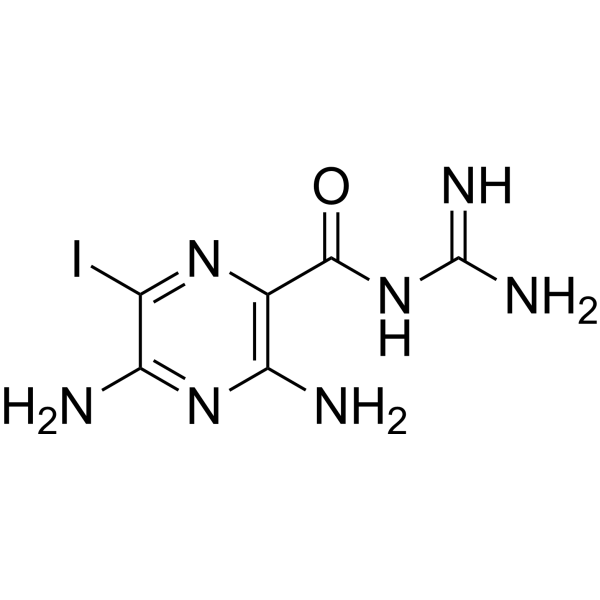
-
- HY-P1266
-
|
|
nAChR
|
Neurological Disease
|
|
α-Conotoxin EI is a selective nicotinic acetylcholine α1β1γδ receptor (nAChR) antagonist (IC50=187 nM) and an α3β4 receptor inhibitor. α-Conotoxin EI can block muscle and ganglionic receptors .
|
-
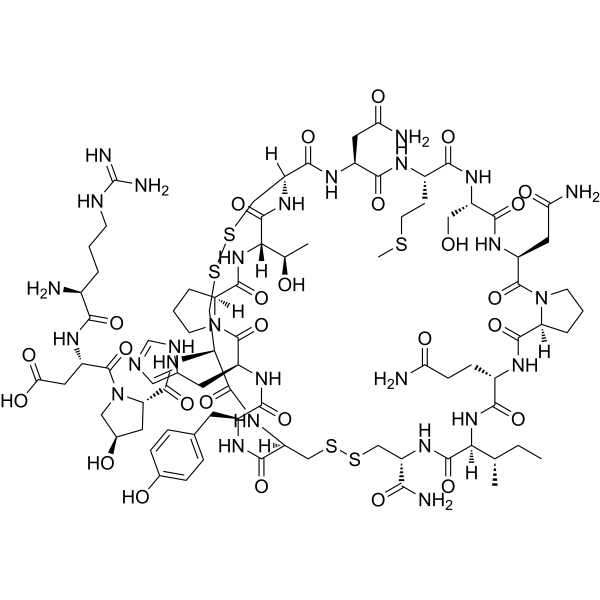
-
- HY-101359
-
|
|
GABA Receptor
|
Neurological Disease
|
|
TPMPA, a hybrid of isoguvacine and 3-APMPA, is the first selective antagonist for a GABAC receptor (KB = 2.1 μM), but not to interact with GABAA (KB = 320 μM) or GABAB receptors (EC50 = 500 μM). TPMPA has the potential for the research of suppressing orientation selectivity in ganglion cells .
|
-
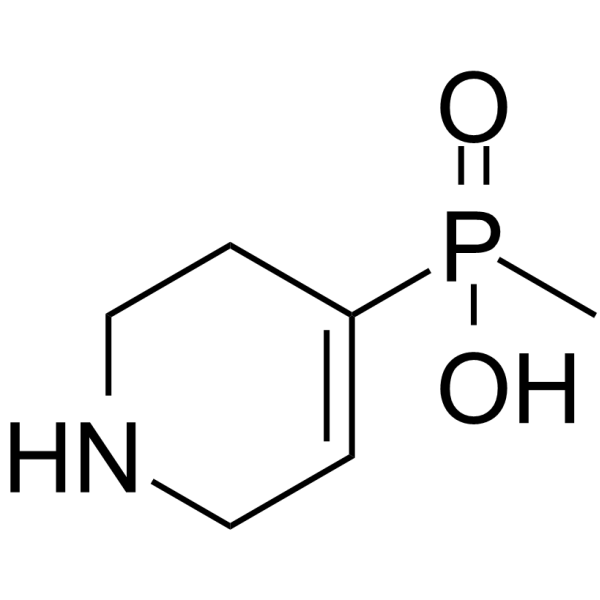
-
- HY-119926
-
|
Hydroxylupanine
|
Others
|
Cardiovascular Disease
Neurological Disease
|
|
13-Hydroxylupanine (Hydroxylupanine) is the typical alkaloid profile of sweet lupins.13-Hydroxylupanine blocks ganglionic transmission, decreases cardiac contractility and contracts uterine smooth muscle .
|
-
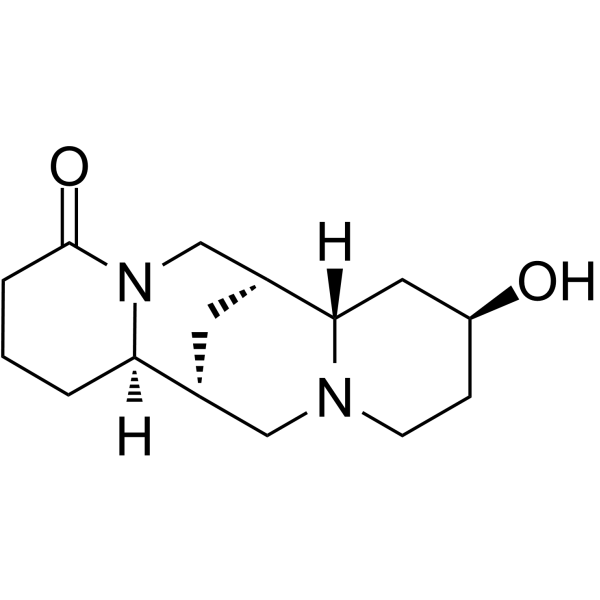
-
- HY-138648
-
|
|
Others
|
Neurological Disease
|
|
PB1 is a potent intracellular disulfide reducing agent with several advantages including good cell permeability, the ability to form a high intracellular concentration gradient, and stability. PB1 is a borane-protected TCEP (tris(2-carboxyethyl)phosphine) analogue. PB1 increases retinal ganglion cells survival after axotomy in vitro at nanomolar and picomolar concentrations. PB1 can be used for the research of neuroprotective .
|
-

-
- HY-110122
-
|
|
mGluR
|
Neurological Disease
|
|
AZ 12216052 is a mGluR8 positive allosteric modulator, and helps mGluR8 modulate signaling inputing to retinal ganglion cells. AZ 12216052 exhibits antianxiety effect .
|
-
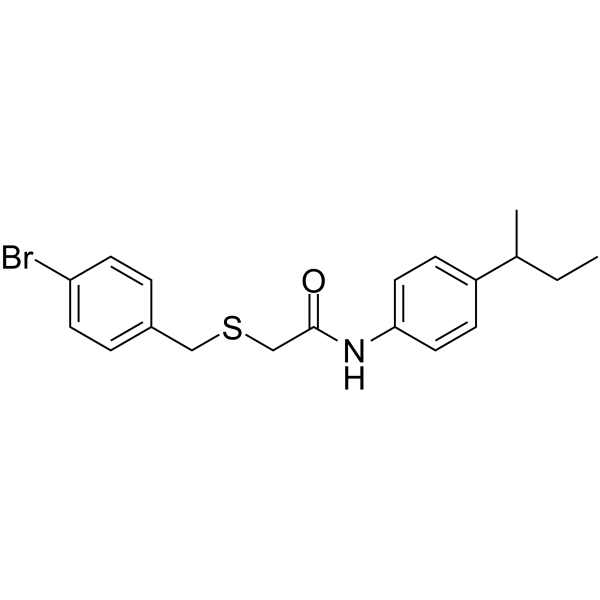
-
- HY-B1395A
-
|
|
nAChR
Histamine Receptor
|
Cardiovascular Disease
Neurological Disease
|
|
Mecamylamine is an orally active, nonselective, noncompetitive nAChR antagonist. Mecamylamine is also a ganglionic blocker. Mecamylamine can across the blood-brain barrier. Mecamylamine can be used in the research of neuropsychiatric disorders, hypertension, antidepressant area .
|
-

-
- HY-B1382
-
|
1,2,2,6,6-Pentamethylpiperidine
|
Others
|
Neurological Disease
|
|
Pempidine is a ganglion-blocking drug, introduced as an oral treatment for hypertension.
|
-
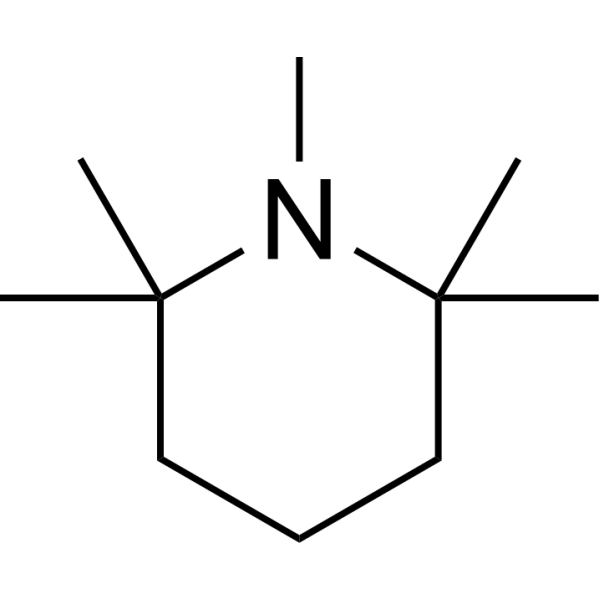
-
- HY-W008350
-
|
|
nAChR
|
Neurological Disease
|
|
(+)-Sparteine is a natural alkaloid acting as a ganglionic blocking agent. (+)-Sparteine competitively blocks nicotinic ACh receptor in the neurons.
|
-
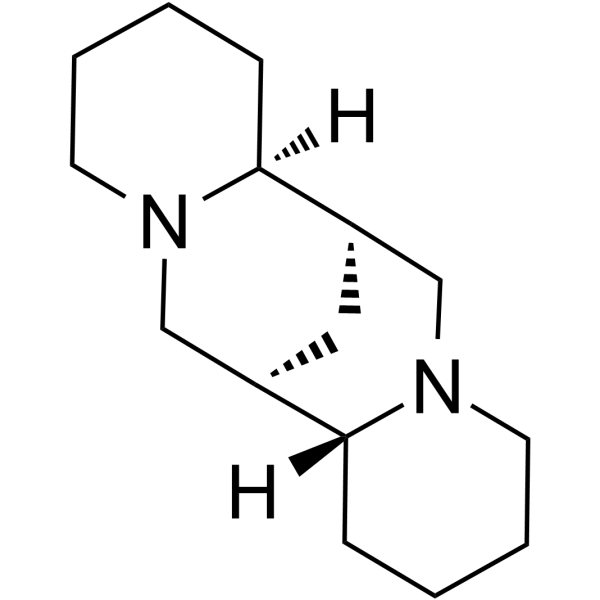
-
- HY-B1251
-
|
|
|
|
|
Guanethidine sulphate was synthesized in 1959. Guanethidine is thought to lowing blood pressure by interfering with the metabolism of chemical transmitter substances in post-ganglionic sympathetic nerve fibres.
|
-
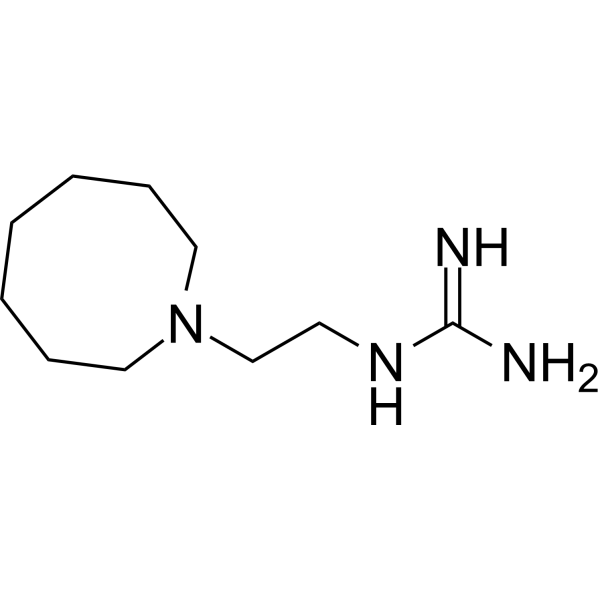
-
- HY-B1552B
-
|
|
|
|
|
Benzoquinonium dibromide is a nicotinic acetylcholine receptors (nAChRs) antagonist, with an IC50 of 0.46 μM. Benzoquinonium dibromide can block neuromuscular and ganglionic transmission .
|
-
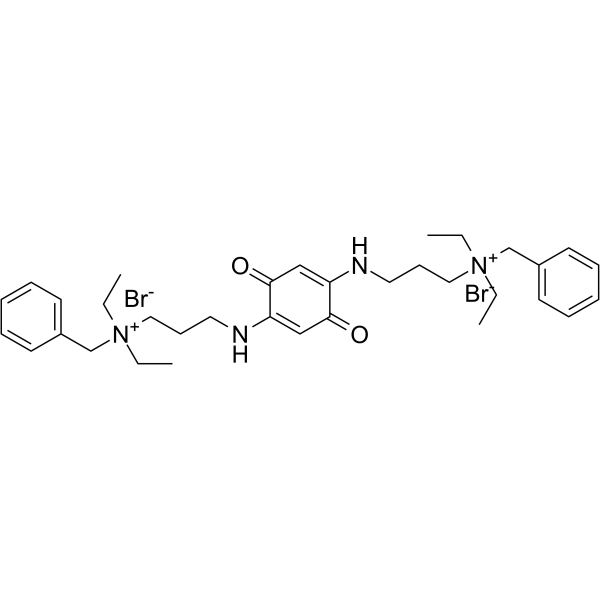
-
- HY-B0530
-
|
γ-pipradol
|
Histamine Receptor
|
Neurological Disease
|
|
Azacyclonol (γ-pipradol), a metabolite of Terfenadine, is a central depressant agent. Azacyclonol is a ganglion-blocking agent. Azacyclonol can be used to diminish psychoses-induced hallucinations .
|
-

-
- HY-101347
-
|
|
nAChR
|
Neurological Disease
|
|
Chlorisondamine (diiodide) is a potent nicotinic acetylcholine receptor (nAChR) antagonist and a ganglion blocker. Chlorisondamine antagonizes some of nicotine's central actions in a potent, long-lasting and pharmacologically selective way .
|
-
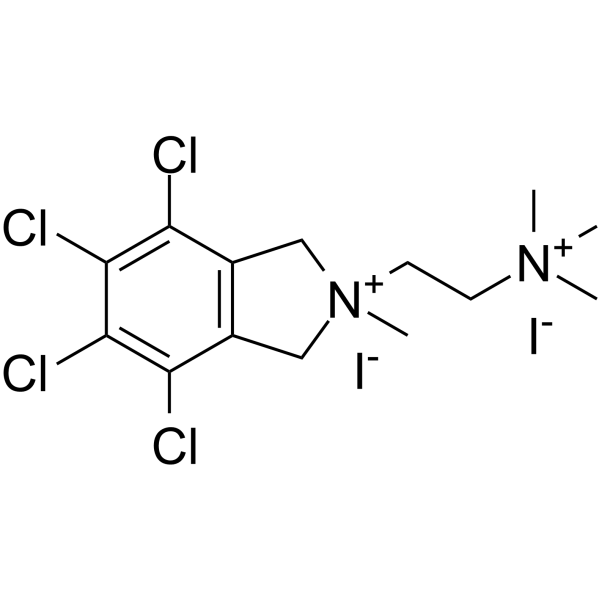
-
- HY-103132
-
|
|
5-HT Receptor
|
Neurological Disease
|
|
PNU109291 is a potent and selective 5-HT1D agonist. PNU109291 reduces dural plasma extravasation evoked by trigeminal ganglion stimulation .
|
-
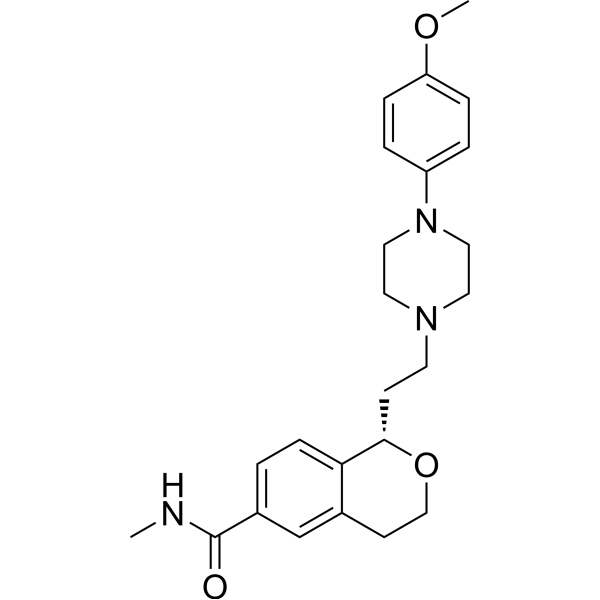
-
- HY-119926A
-
|
Hydroxylupanine hydrochloride
|
Others
|
Cardiovascular Disease
Neurological Disease
|
|
13-Hydroxylupanine Hydroxylupanine is the typical alkaloid profile of sweet lupins. 13-Hydroxylupanine Hydroxylupanine blocks ganglionic transmission, decreases cardiac contractility and contracts uterine smooth muscle .
|
-
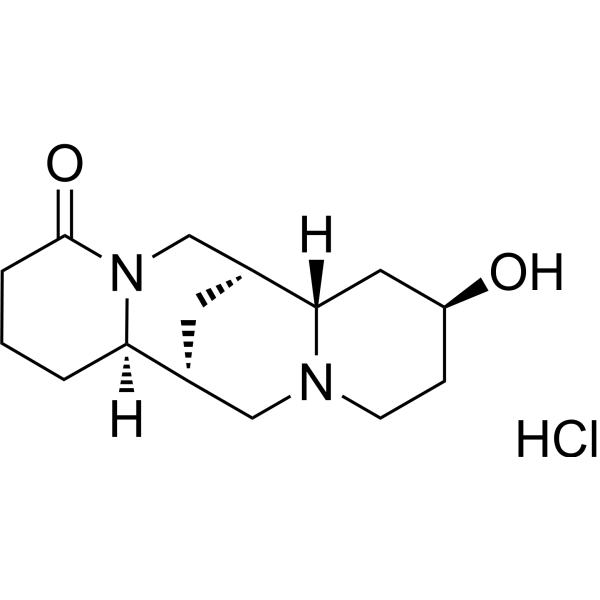
-
- HY-P5799
-
|
SNX-238
|
Calcium Channel
|
Neurological Disease
|
|
ω-Conotoxin MVIID (SNX-238) is a Conus peptide that blocks an ω-Conotoxin-GVIA-sensitive, high-threshold Ca 2+ current in fish retinal ganglion cells .
|
-

-
- HY-B1395
-
|
|
|
|
|
Mecamylamine hydrochloride is an orally active, nonselective, noncompetitive nAChR antagonist. Mecamylamine hydrochloride is also a ganglionic blocker. Mecamylamine hydrochloride can across the blood-brain barrier. Mecamylamine hydrochloride can be used in the research of neuropsychiatric disorders, hypertension, antidepressant area .
|
-

-
- HY-P5180
-
|
|
Sodium Channel
|
Neurological Disease
|
|
Jingzhaotoxin-V is a peptide that inhibits potassium currents in Xenopus laevis oocytes with an IC50 value of 604.2 nM. Jingzhaotoxin-V also inhibits tetrodotoxin-resistant and tetrodotoxin-sensitive sodium currents in rat dorsal root ganglion neurons with IC50 values of 27.6 and 30.2 nM, respectively .
|
-
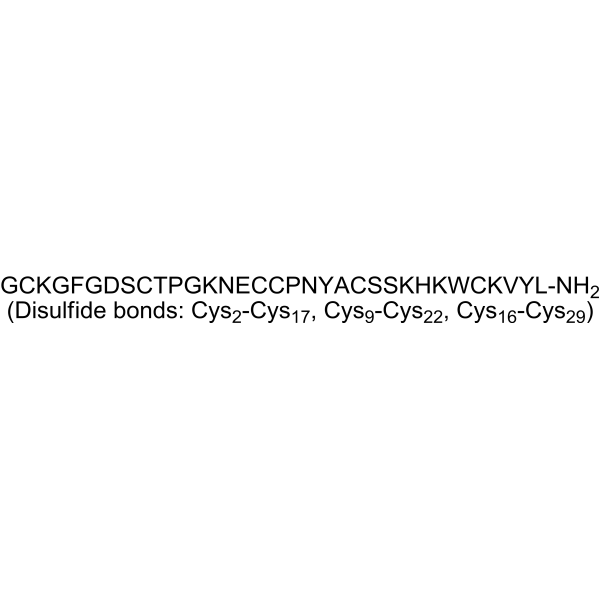
-
- HY-P5773
-
|
|
Sodium Channel
|
Neurological Disease
|
|
Jingzhaotoxin-34, a 35-residue polypeptide, is a neurotoxin. Jingzhaotoxin-34 inhibits tetrodotoxin-sensitive (TTX-S) sodium currents (IC50 of ~85 nM) while having no significant effects on tetrodotoxin-resistant (TTX-R) sodium currents on rat dorsal root ganglion neurons .
|
-

-
- HY-B0569
-
|
|
nAChR
Apoptosis
|
Cardiovascular Disease
Neurological Disease
|
|
Hexamethonium Bromide is a non-selective ganglionic nicotinic-receptor antagonist (nAChR) antagonist, with mixed competitive and noncompetitive activity. Hexamethonium Bromide has anti-hypertensive activity. Hexamethonium Bromide attenuates sympathetic activity and blood pressure in spontaneously hypertensive animal models .
|
-
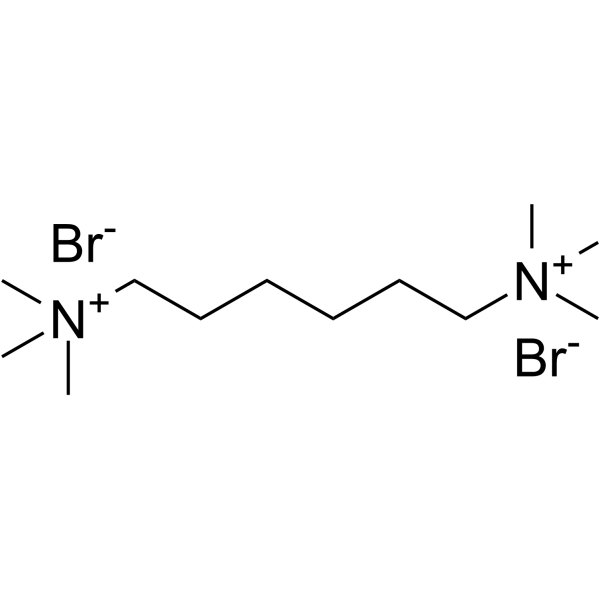
-
- HY-138649
-
|
|
Others
|
Neurological Disease
|
|
PB2 is a tris(2-carboxyethyl)phosphine (TCEP) analogue increasing retinal ganglion (RGCs) cells survival after axotomy in vitro at nanomolar and picomolar concentrations. PB2 is substantially more permeable than TCEP. PB2, as a reducing agent, is highly neuroprotective for RGCs .
|
-
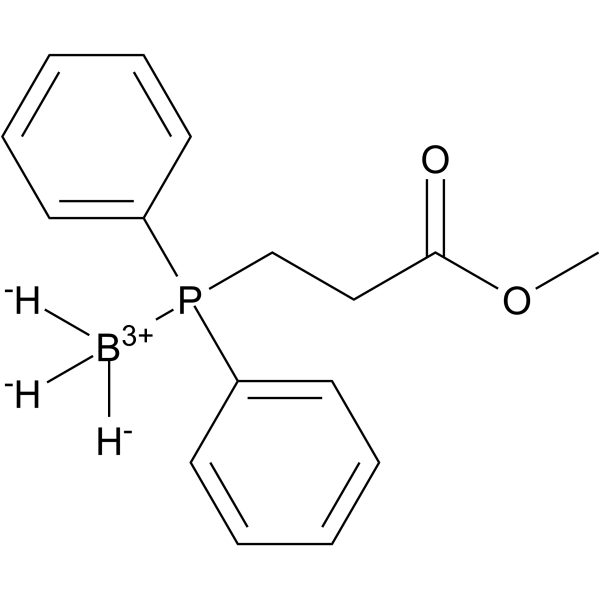
-
- HY-P5817
-
|
|
Sodium Channel
|
Neurological Disease
|
|
ω-Conotoxin CVIB is a non-selective N- and P/Q-type voltage-gated calcium channels (VGCCs) antagonist. ω-Conotoxin CVIB inhibits depolarization-activated whole-cell VGCC currents in dorsal root ganglion (DRG) neurons with a pIC50 of 7.64 .
|
-
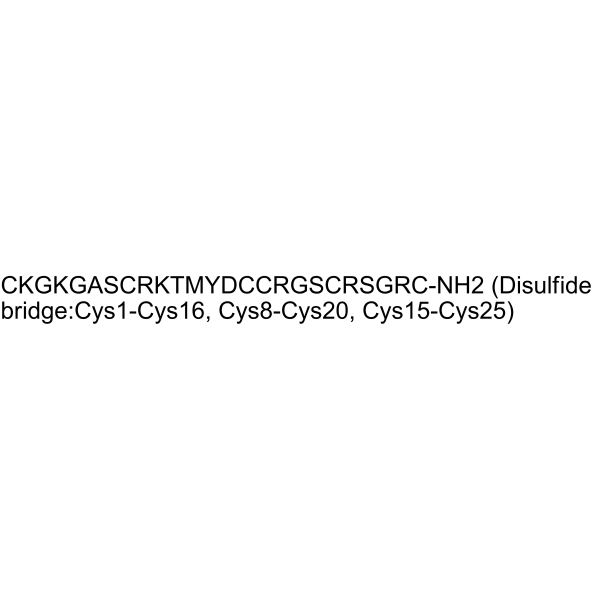
-
- HY-N0789
-
|
|
Others
|
Neurological Disease
Metabolic Disease
|
|
Delsoline, a major alkaloid of Delphinium anthriscifolium Hance, has both a curare-like effect and a ganglion-blocking effect and is used to relieve muscle tension or hyperkinesia. D. anthriscifolium Hance has effects of dispelling wind and dampness, activating collaterals, and relieving pains and is used to treat rheumatism, hemiplegia, indigestion, and cough .
|
-
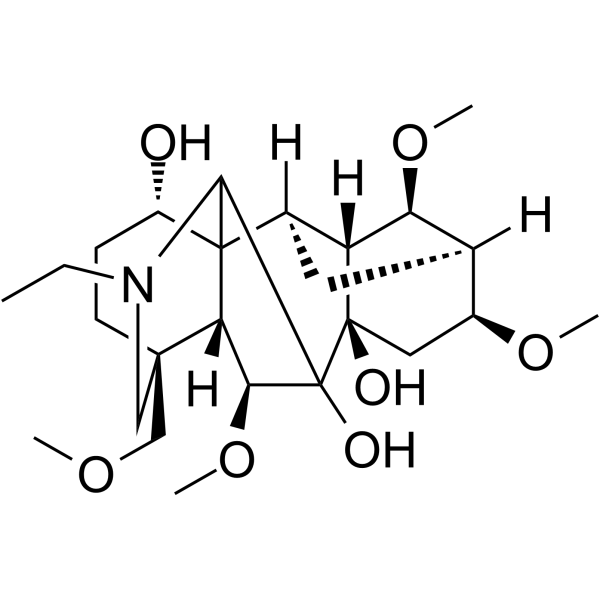
-
- HY-P5868
-
|
|
Sodium Channel
|
Neurological Disease
|
|
mHuwentoxin-IV is a naturally modified Huwentoxin-IV (HY-P1220). mHuwentoxin-IV inhibits tetrodotoxin-sensitive (TTX-S) voltage-gated sodium channels of dorsal root ganglion neurons with an IC50 of 54.16 nM. mHuwentoxin-IV inhibition of tetrodotoxin-sensitive sodium channels is not reversed by strong depolarization voltages .
|
-
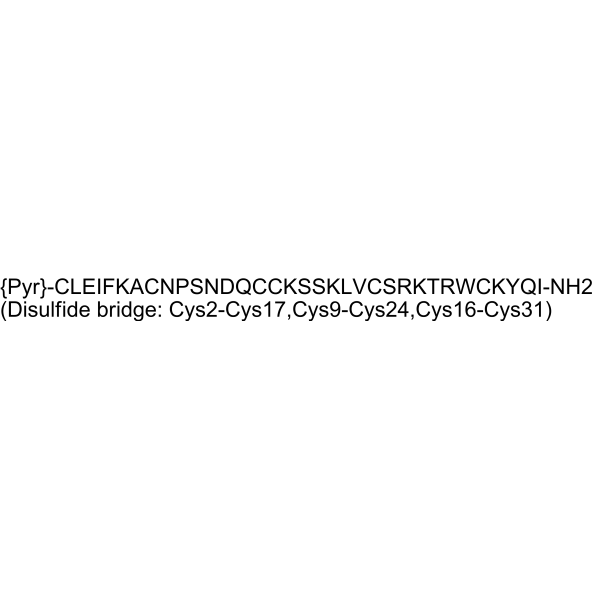
-
- HY-120332
-
|
KH176 hydrochloride
|
Reactive Oxygen Species
|
Metabolic Disease
|
Sonlicromanol (KH176) hydrochloride, a chemical entity derivative of Trolox, is a blood-brain barrier permeable ROS-redox modulator. Sonlicromanol (KH176) hydrochloride is used in the study for mitochondrial disorders .
|
-
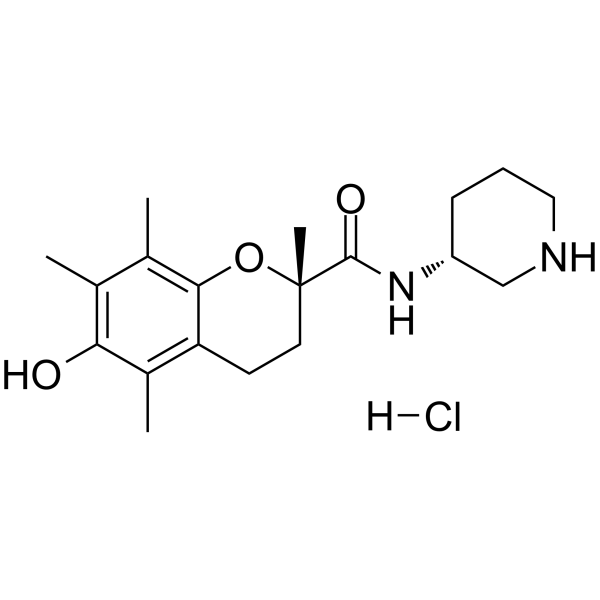
-
- HY-P10077
-
-

-
- HY-B1395S1
-
|
|
Isotope-Labeled Compounds
nAChR
|
Neurological Disease
|
|
Mecamylamine (hydrochloride)- 13C4, 15N is the 13C-labeled and 15N-labeled Mecamylamine hydrochloride. Mecamylamine hydrochloride is an orally active, nonselective, noncompetitive nAChR antagonist that can treat various neuropsychiatric disorders. Mecamylamine hydrochloride is originally used as a ganglionic blocker in treating hypertension. Mecamylamine hydrochloride can easily crosses the blood-brain barrier[1][2].
|
-
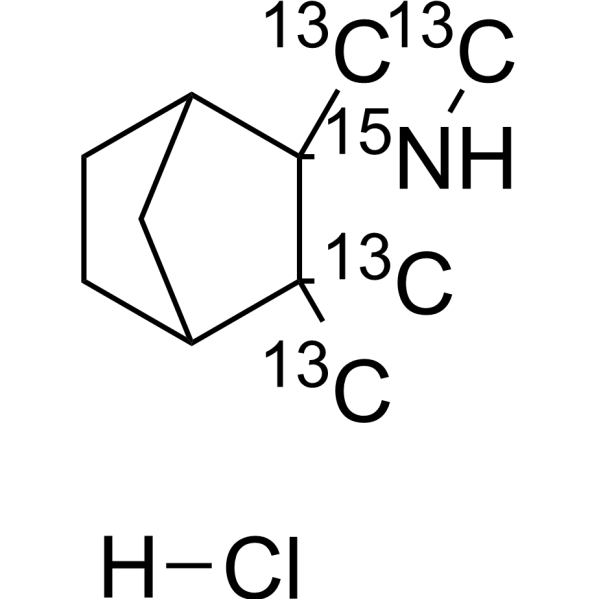
-
- HY-W013712
-
|
|
Potassium Channel
|
Neurological Disease
|
|
GI-530159 is a selective opener of TREK1 and TREK2 potassium channels. GI-530159 displays selectivity for TREK1/2 over TRAAK, TASK3 and other potassium channels, with an EC50 of 0.76 μM for TREK1. GI-530159 reduces rat dorsal root ganglion neuron excitability and shows potential analgesic effect .
|
-
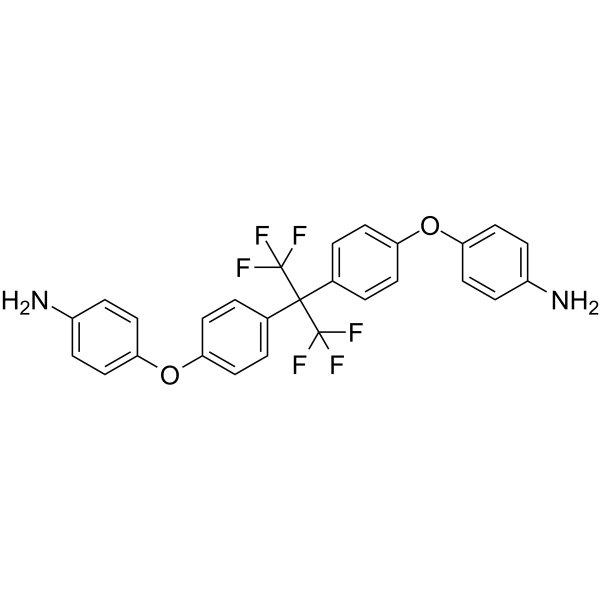
-
- HY-B0600
-
|
AFP-168; MK2452
|
Others
|
Others
|
|
Tafluprost (AFP-168) is an anti-glaucoma prostaglandin (PG) analog. Tafluprost can inhibit the apoptosis of retinal ganglion cells (RGCs) and rat RGCs cells. Tafluprost promotes axon regeneration by regulating Zn 2+-mTORpathway, inhibits intracellular lipid accumulation in human preorbital adipocytes. Tafluprost can be used in the study of optic nerve injury in glaucoma .
|
-
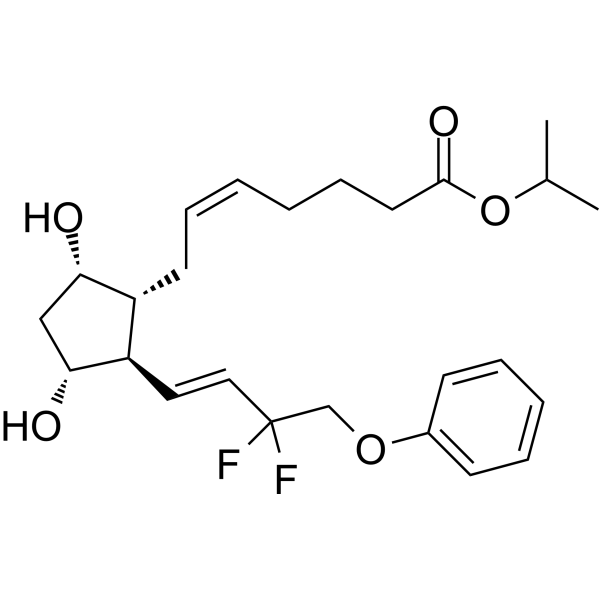
-
- HY-P5770
-
|
|
Sodium Channel
|
Neurological Disease
|
|
Jingzhaotoxin-V, a 29-residue polypeptide, is derived from the venom of the spider Chilobrachys jingzhao. Jingzhaotoxin-V inhibits tetrodotoxin-resistant and tetrodotoxin-sensitive sodium currents in rat dorsal root ganglion neurons with IC50 values of 27.6 nM and 30.2 nM, respectively. Jingzhaotoxin-V also inhibits Kv4.2 potassium currents expressed in Xenpus Laevis oocytes (IC50 of 604.2 nM) .
|
-

-
- HY-N6825
-
-
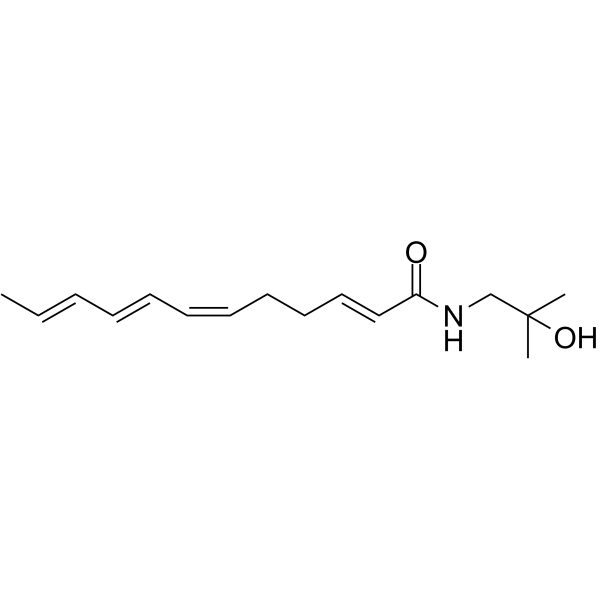
-
- HY-10068
-
|
Y-39983
|
ROCK
|
Neurological Disease
|
|
Y-33075 hydrochloride (Y-39983) is a selective ROCK inhibitor derived from Y-27632, and is more potent than Y-27632, with an IC50 of 3.6 nM.
|
-
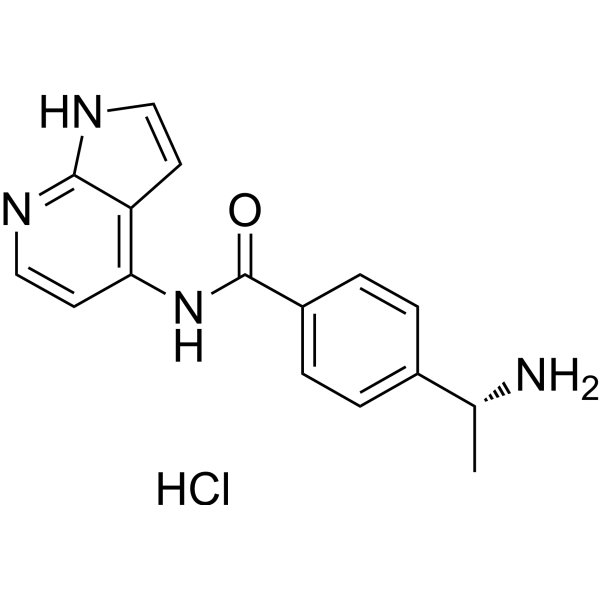
-
- HY-121119
-
|
|
Adenosine Receptor
Calcium Channel
|
Cardiovascular Disease
Neurological Disease
Inflammation/Immunology
|
|
MRS 1523 is a potent and selective adenosine A3 receptor antagonist with Ki values of 18.9 nM and 113 nM for human and rat A3 receptors, respectively. In rat this corresponds to selectivities of 140- and 18-fold vs A1 and A2A receptors, respectively. MRS 1523 can exert antihyperalgesic effect through N-type Ca channel block and action potential inhibition in isolated rat dorsal root ganglion (DRG) neurons .
|
-
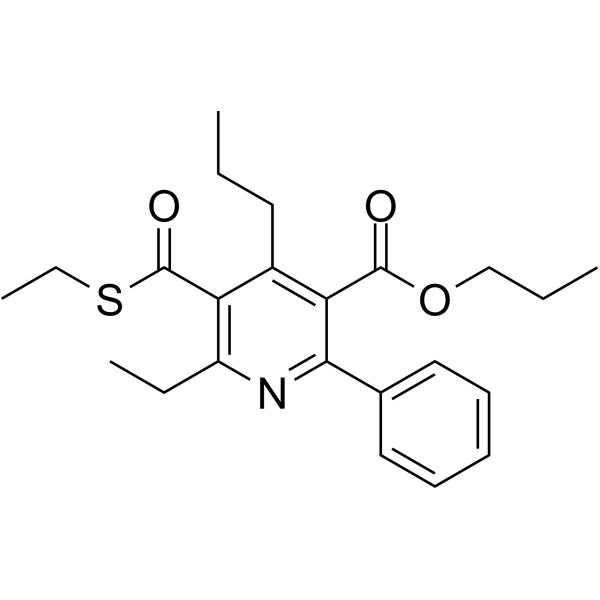
-
- HY-P3071
-
|
|
Potassium Channel
|
Inflammation/Immunology
|
|
ShK toxin blocks voltage-dependent potassium channel (Kv1.3 channel). ShK toxin can be isolated from the whole body extract of the Caribbean sea anemone (Stichodactylu helianthus). ShK toxin competes with dendrotoxin I and α-dendrotoxin for binding to synaptosomal membranes of rat brain, facilitates acetylcholine release. ShK toxin suppresses K+ currents in cultured rat dorsal root ganglion neurons. ShK toxin also inhibits T lymphocyte proliferation .
|
-

-
- HY-19858
-
|
|
iGluR
|
Neurological Disease
|
|
LY-466195 is a selective and competitive GLUK5 receptor antagonist. LY-466195 antagonizes Kainate-induced currents with an IC50 value of 0.045 μM in rat dorsal root ganglion neurons. In HEK293 cells transfected with GLUK5, GLUK2/GLUK5, or GLUK5/GLUK66 receptors, LY466195 produces IC50 values of 0.08 μM, 0.34 μM, and 0.07 μM, respectively .
|
-
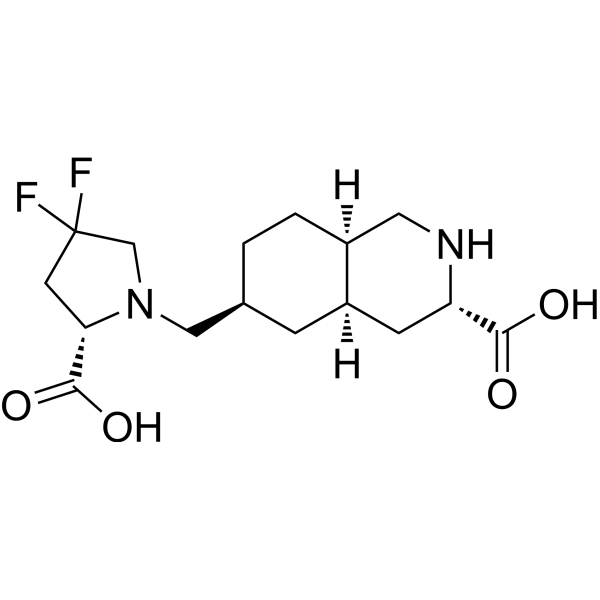
-
- HY-N9506
-
|
|
GABA Receptor
|
Neurological Disease
|
|
Anisatin, a pure toxic substance isolated from the seeds of a Japanese plant (Illicium anisatum) acts as a picrotoxin-like, non-competitive GABA antagonist. Anisatin suppresses GABA-induced currents in a concentration-dependent manner with an EC50 of ~1.10 μM .
|
-
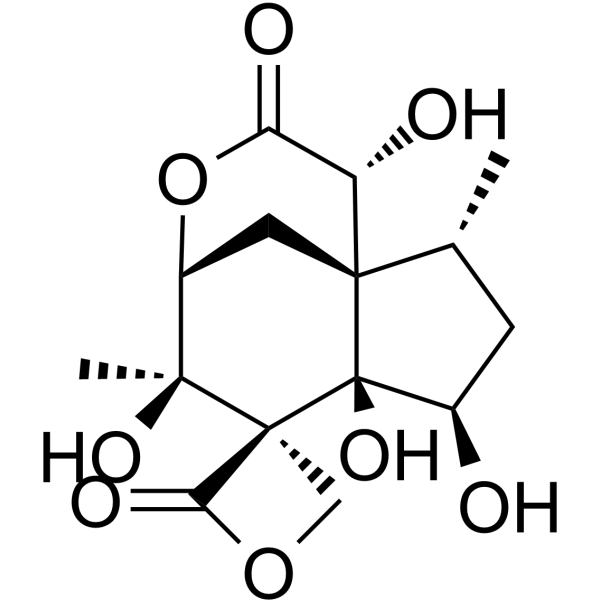
-
- HY-B1789
-
|
|
mAChR
|
Neurological Disease
|
|
Telenzepine is an antimuscarinic agent with Kis of 0.94 nM (M1 mAChR) and 17.8 nM (M2 mAChR) binding to muscarinic receptors. Telenzepine effectively blocks synaptic transmission promoted by muscarinic or M1 receptor agonists. Thus, Telenzepine can reduce the amplitude of extracellular slow excitatory postsynaptic potentials (EC50=38 nM) and slow inhibitory postsynaptic potentials (EC50=253 nM) .
|
-
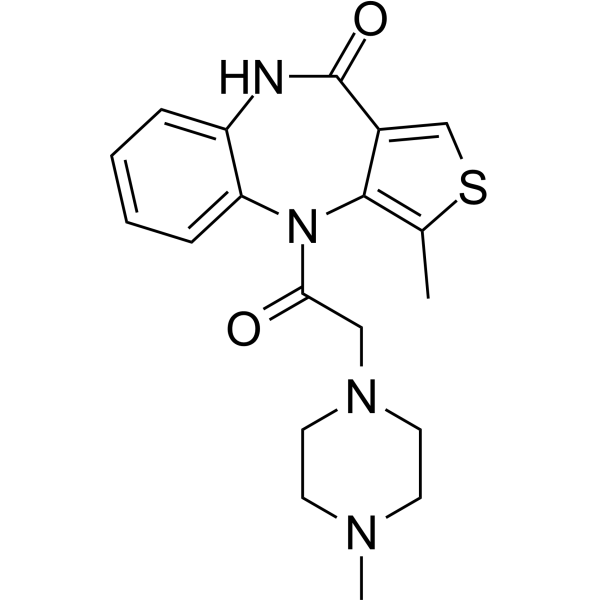
-
- HY-139192
-
|
|
iGluR
TRP Channel
ERK
|
Neurological Disease
|
|
NMDAR/TRPM4-IN-2 (compound 8) is a potent NMDAR/TRPM4 interaction interface inhibitor. NMDAR/TRPM4-IN-2 shows neuroprotective activity. NMDAR/TRPM4-IN-2 prevents NMDA-induced cell death and mitochondrial dysfunction in hippocampal neurons, with an IC50 of 2.1 μM. NMDAR/TRPM4-IN-2 protects mice from MCAO-induced brain damage and NMDA-induced retinal ganglion cell loss .
|
-

-
- HY-N6789
-
KT5720
3 Publications Verification
|
PKA
|
Neurological Disease
Cancer
|
|
KT5720 is a potent, cell-permeable, specific, reversible and ATP-competitive PKA inhibitor (IC50=3.3 μM). KT5720 is effective in reversing MDR1-mediated multidrug resistance. KT5720 also reduces the excitability of dorsal root ganglion (DRG) neurons by attenuating Hyperpolarization-activated cyclic nucleotide-gated (HCN) channel activity and reducing intracellular Ca2 + concentrations. KT5720 can be used in the study of haematological malignancies as well as HCN and DRG neuron-related diseases .
|
-

-
- HY-10968A
-
|
|
LPL Receptor
|
Neurological Disease
|
|
CYM5442 hydrochloride is a potent, highly-selective and orally active sphingosine 1-phosphate (S1P1) receptor agonist with an EC50 of 1.35 nM. CYM5442 hydrochloride is inactive against S1P2, S1P3, S1P4, and S1P5. CYM5442 hydrochloride activates S1P1-dependent p42/p44-MAPK phosphorylation. CYM5442 exerts retinal neuroprotection. CYM5442 hydrochloride can easily penetrate the central nervous system (CNS) .
|
-

-
- HY-10968
-
|
|
LPL Receptor
|
Neurological Disease
|
|
CYM5442 is a potent, highly-selective and orally active sphingosine 1-phosphate (S1P1) receptor agonist with an EC50 of 1.35 nM. CYM5442 is inactive against S1P2, S1P3, S1P4, and S1P5. CYM5442 activates S1P1-dependent p42/p44-MAPK phosphorylation. CYM5442 exerts retinal neuroprotection. CYM5442 can easily penetrate the central nervous system (CNS) .
|
-
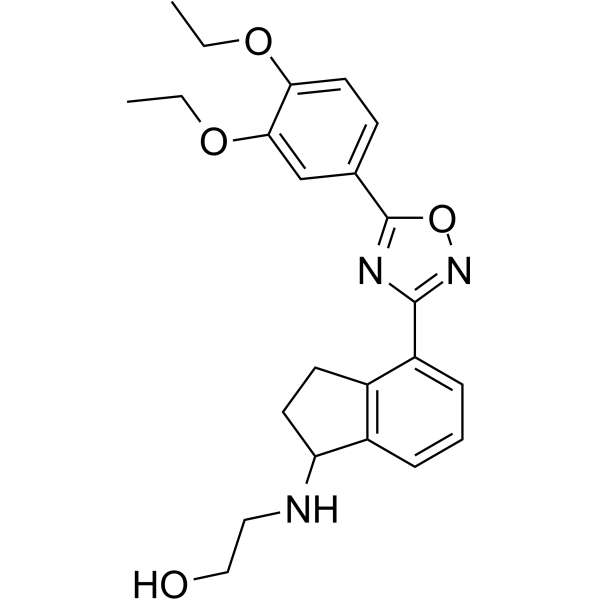
-
- HY-108576
-
|
DuP 996 dihydrochloride
|
TRP Channel
|
Neurological Disease
|
|
Linopirdine dihydrochloride is a agonist of capsaicin receptor TRPV1. Linopirdine increases the intracellular calcium concentration in HEK293 cells. Linopirdine dihydrochloride exerts an excitatory action on mammalian nociceptors .
|
-
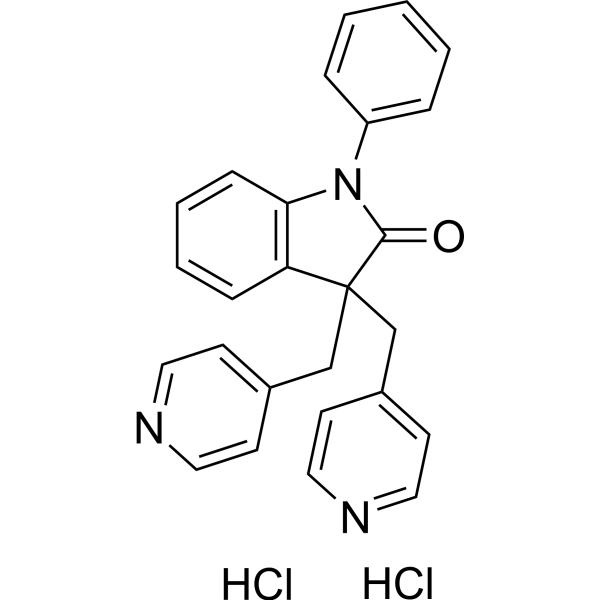
-
- HY-P5805
-
-

-
- HY-139192A
-
|
|
iGluR
TRP Channel
ERK
|
Neurological Disease
|
|
NMDAR/TRPM4-IN-2 free base (compound 8) is a potent NMDAR/TRPM4 interaction interface inhibitor. NMDAR/TRPM4-IN-2 free base shows neuroprotective activity. NMDAR/TRPM4-IN-2 free base prevents NMDA-induced cell death and mitochondrial dysfunction in hippocampal neurons, with an IC50 of 2.1 μM. NMDAR/TRPM4-IN-2 free base protects mice from MCAO-induced brain damage and NMDA-induced retinal ganglion cell loss .
|
-

-
- HY-100714C
-
|
2-APV sodium; DL-2-Amino-5-phosphonovaleric acid sodium
|
iGluR
|
Neurological Disease
Inflammation/Immunology
|
|
DL-AP5 (2-APV) sodium is a competitive NMDA (N-methyl-D-aspartate) receptor antagonist. DL-AP5 sodium shows significantly antinociceptive activity. DL-AP5 sodium specifically blocks on channels in the rabbit retina .
|
-
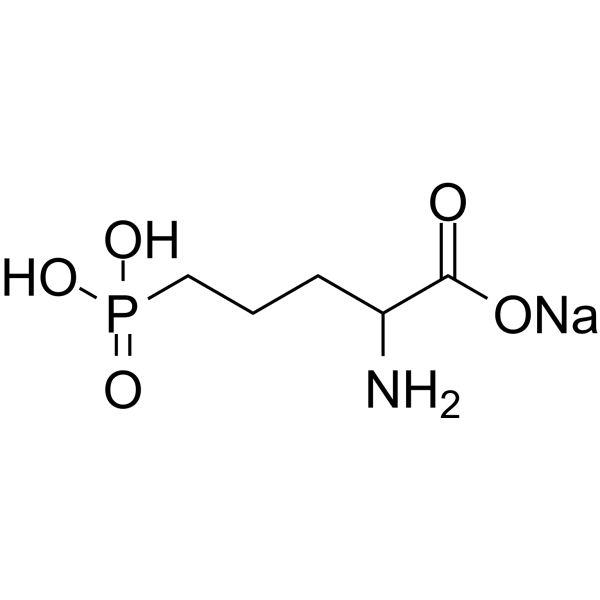
-
- HY-W014700
-
|
|
Cholinesterase (ChE)
|
Neurological Disease
|
|
Glycyl-L-glutamic acid is a neurotrophic factor (NF) in vivo, and exerts function of maintenance of AChE content and activity. Glycyl-L-glutamic acid doesn’t act directly on AChE synthesis, and may prevent preganglionic neuronal degeneration .
|
-
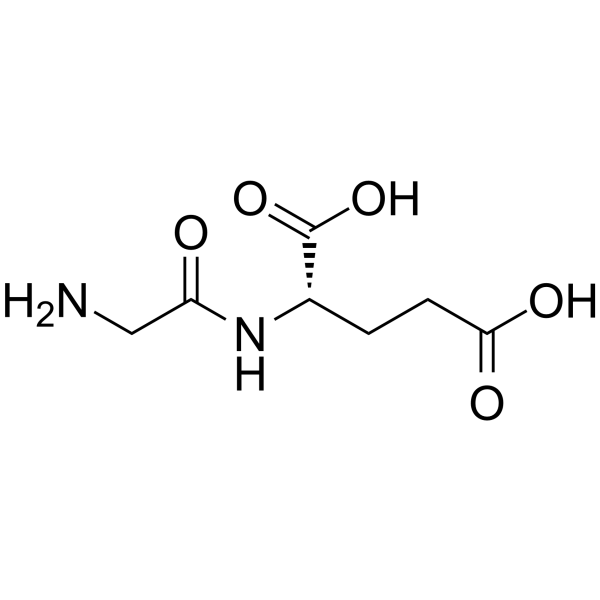
-
- HY-121964
-
|
|
iGluR
|
Neurological Disease
|
|
Cis-piperidine-2,3-dicarboxylic acid is a non-specific antagonist of NMDA, AMPA and kainate ionotropic receptors and a partial agonist for NMDA receptors. Cis-piperidine-2,3-dicarboxylic acid can be used in blocking general excitatory synaptic transmissions .
|
-
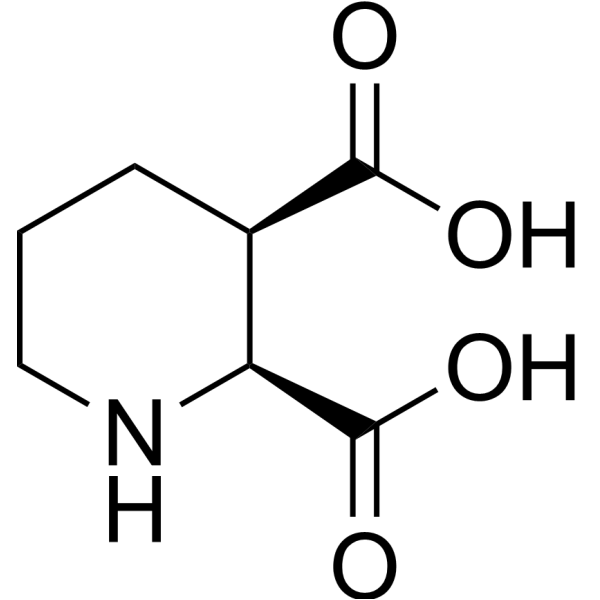
-
- HY-151189
-
|
|
ROCK
|
Others
|
|
ROCK-IN-4 is a potent ROCK inhibitor maintaining NO releasing ability. ROCK-IN-4 reversibly depolymerizes F-actin, and suppresses mitochondrial respiration in human trabecular meshwork (HTM) cells. ROCK-IN-4 can be used for glaucoma or ocular hypertension research .
|
-
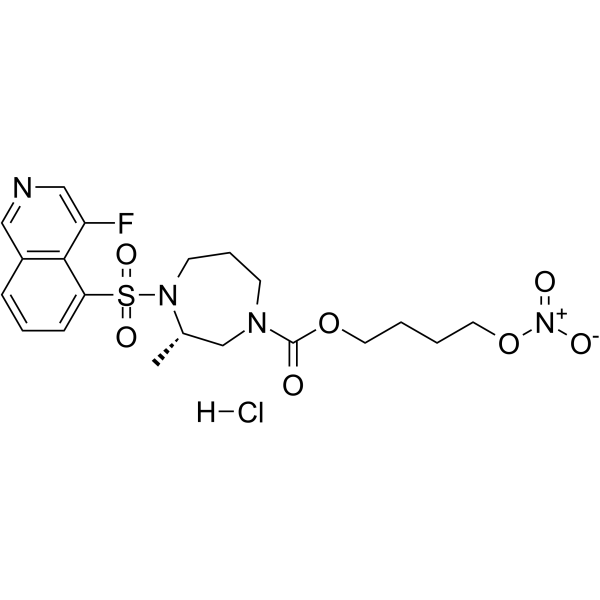
-
- HY-P0244
-
-

- HY-P0244A
-
-

| Cat. No. |
Product Name |
Target |
Research Area |
-
- HY-P1266
-
|
|
nAChR
|
Neurological Disease
|
|
α-Conotoxin EI is a selective nicotinic acetylcholine α1β1γδ receptor (nAChR) antagonist (IC50=187 nM) and an α3β4 receptor inhibitor. α-Conotoxin EI can block muscle and ganglionic receptors .
|
-
- HY-P5799
-
|
SNX-238
|
Calcium Channel
|
Neurological Disease
|
|
ω-Conotoxin MVIID (SNX-238) is a Conus peptide that blocks an ω-Conotoxin-GVIA-sensitive, high-threshold Ca 2+ current in fish retinal ganglion cells .
|
-
- HY-P5180
-
|
|
Sodium Channel
|
Neurological Disease
|
|
Jingzhaotoxin-V is a peptide that inhibits potassium currents in Xenopus laevis oocytes with an IC50 value of 604.2 nM. Jingzhaotoxin-V also inhibits tetrodotoxin-resistant and tetrodotoxin-sensitive sodium currents in rat dorsal root ganglion neurons with IC50 values of 27.6 and 30.2 nM, respectively .
|
-
- HY-P5773
-
|
|
Sodium Channel
|
Neurological Disease
|
|
Jingzhaotoxin-34, a 35-residue polypeptide, is a neurotoxin. Jingzhaotoxin-34 inhibits tetrodotoxin-sensitive (TTX-S) sodium currents (IC50 of ~85 nM) while having no significant effects on tetrodotoxin-resistant (TTX-R) sodium currents on rat dorsal root ganglion neurons .
|
-
- HY-P5817
-
|
|
Sodium Channel
|
Neurological Disease
|
|
ω-Conotoxin CVIB is a non-selective N- and P/Q-type voltage-gated calcium channels (VGCCs) antagonist. ω-Conotoxin CVIB inhibits depolarization-activated whole-cell VGCC currents in dorsal root ganglion (DRG) neurons with a pIC50 of 7.64 .
|
-
- HY-P5868
-
|
|
Sodium Channel
|
Neurological Disease
|
|
mHuwentoxin-IV is a naturally modified Huwentoxin-IV (HY-P1220). mHuwentoxin-IV inhibits tetrodotoxin-sensitive (TTX-S) voltage-gated sodium channels of dorsal root ganglion neurons with an IC50 of 54.16 nM. mHuwentoxin-IV inhibition of tetrodotoxin-sensitive sodium channels is not reversed by strong depolarization voltages .
|
-
- HY-P10077
-
-
- HY-P5770
-
|
|
Sodium Channel
|
Neurological Disease
|
|
Jingzhaotoxin-V, a 29-residue polypeptide, is derived from the venom of the spider Chilobrachys jingzhao. Jingzhaotoxin-V inhibits tetrodotoxin-resistant and tetrodotoxin-sensitive sodium currents in rat dorsal root ganglion neurons with IC50 values of 27.6 nM and 30.2 nM, respectively. Jingzhaotoxin-V also inhibits Kv4.2 potassium currents expressed in Xenpus Laevis oocytes (IC50 of 604.2 nM) .
|
-
- HY-P3071
-
|
|
Potassium Channel
|
Inflammation/Immunology
|
|
ShK toxin blocks voltage-dependent potassium channel (Kv1.3 channel). ShK toxin can be isolated from the whole body extract of the Caribbean sea anemone (Stichodactylu helianthus). ShK toxin competes with dendrotoxin I and α-dendrotoxin for binding to synaptosomal membranes of rat brain, facilitates acetylcholine release. ShK toxin suppresses K+ currents in cultured rat dorsal root ganglion neurons. ShK toxin also inhibits T lymphocyte proliferation .
|
-
- HY-P5805
-
-
- HY-W014700
-
|
|
Cholinesterase (ChE)
|
Neurological Disease
|
|
Glycyl-L-glutamic acid is a neurotrophic factor (NF) in vivo, and exerts function of maintenance of AChE content and activity. Glycyl-L-glutamic acid doesn’t act directly on AChE synthesis, and may prevent preganglionic neuronal degeneration .
|
-
- HY-P0244
-
-
- HY-P0244A
-
| Cat. No. |
Product Name |
Category |
Target |
Chemical Structure |
| Cat. No. |
Product Name |
Chemical Structure |
-
- HY-B1395S1
-
|
|
|
Mecamylamine (hydrochloride)- 13C4, 15N is the 13C-labeled and 15N-labeled Mecamylamine hydrochloride. Mecamylamine hydrochloride is an orally active, nonselective, noncompetitive nAChR antagonist that can treat various neuropsychiatric disorders. Mecamylamine hydrochloride is originally used as a ganglionic blocker in treating hypertension. Mecamylamine hydrochloride can easily crosses the blood-brain barrier[1][2].
|
-

Your information is safe with us. * Required Fields.
Inquiry Information
- Product Name:
- Cat. No.:
- Quantity:
- MCE Japan Authorized Agent:



























































